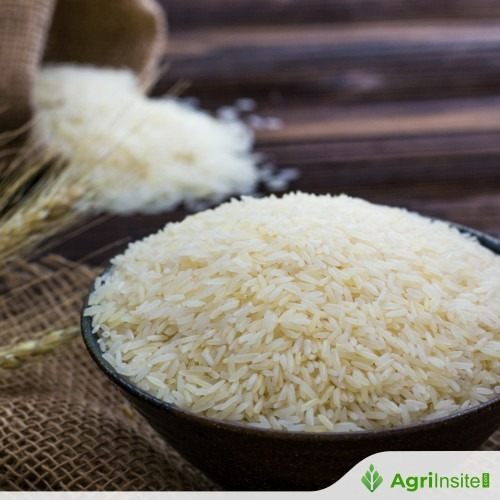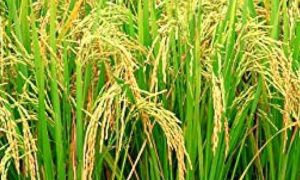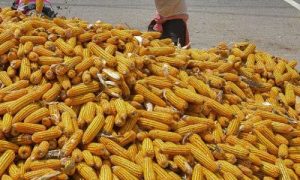Asia rice:New season supplies rise in India; Vietnam rates drop

This week, India’s parboiled rice export prices remained steady due to strong demand from Africa, despite the pressure from new crop yields. The falling rupee helped maintain competitive prices, boosting exporters’ margins. Meanwhile, Vietnam’s prices decreased due to abundant supplies, while Thai rice prices rose slightly due to the strengthening baht. Vietnam’s rice production increased, while Thailand expects good supply from the next crop.
Prices of parboiled rice exported from India held steady this week as strong demand from Africa offset pressure from new crop yields, while Vietnamese rates decreased due to strong supplies and Thai rates edged up on baht appreciation. Top exporter India’s 5% broken parboiled variety was quoted at $444-$450 per metric ton this week, unchanged from the last week. Indian 5% broken white rice was quoted at $450-$458 per metric ton this week. “The falling rupee is helping exporters offer rice at competitive prices despite a rise in paddy costs,” said a New Delhi-based dealer with a global trade house.
The Indian rupee hit a record low against the dollar this week, effectively increasing exporters’ margins. Vietnam’s 5% broken rice was offered at $509 per metric ton, down from $517 a week ago, according to the Vietnam Food Associatio
“Prices edged down after a forecast by the USDA on stronger supplies,” a trader based in Ho Chi Minh City said. Farmers in Vietnam’s Mekong Delta provinces had sowed 500,000 hectares of winter-spring crop as of Nov. 20, up 30% from a year earlier, according to the General Statistics Office.
Thailand’s 5% broken rice rose slightly to $510-$515 per metric ton from last week’s rate of $510. Demand has been quiet as year-end is nearing, said a Bangkok-based trader, adding that the next crop’s supply would be good because of healthy water levels. Another trader said the small price increase was due to the baht strengthening. Meanwhile, Japan’s weather bureau said on Tuesday that characteristics of the La Nina phenomena are becoming apparent as the winter progresses, but there are no signs of La Nina or El Nina so far.
To read more about Rice News continue reading Agriinsite.com
Source : Economic Times














